Germany stands as a living museum where ancient Roman settlements, medieval walled towns, baroque palaces, and stark reminders of 20th-century tragedies coexist in remarkable proximity. The country’s complex past reveals itself through architecture, city planning, and preserved artifacts that transform urban centers into layered historical narratives.
Each city tells a unique story through its streets, where visitors can trace the evolution of European civilization from ancient tribal settlements to modern metropolitan hubs.
Here is a list of 15 German cities where history resonates through every street, building, and public square, offering visitors immersive journeys through centuries of human experience.
Trier
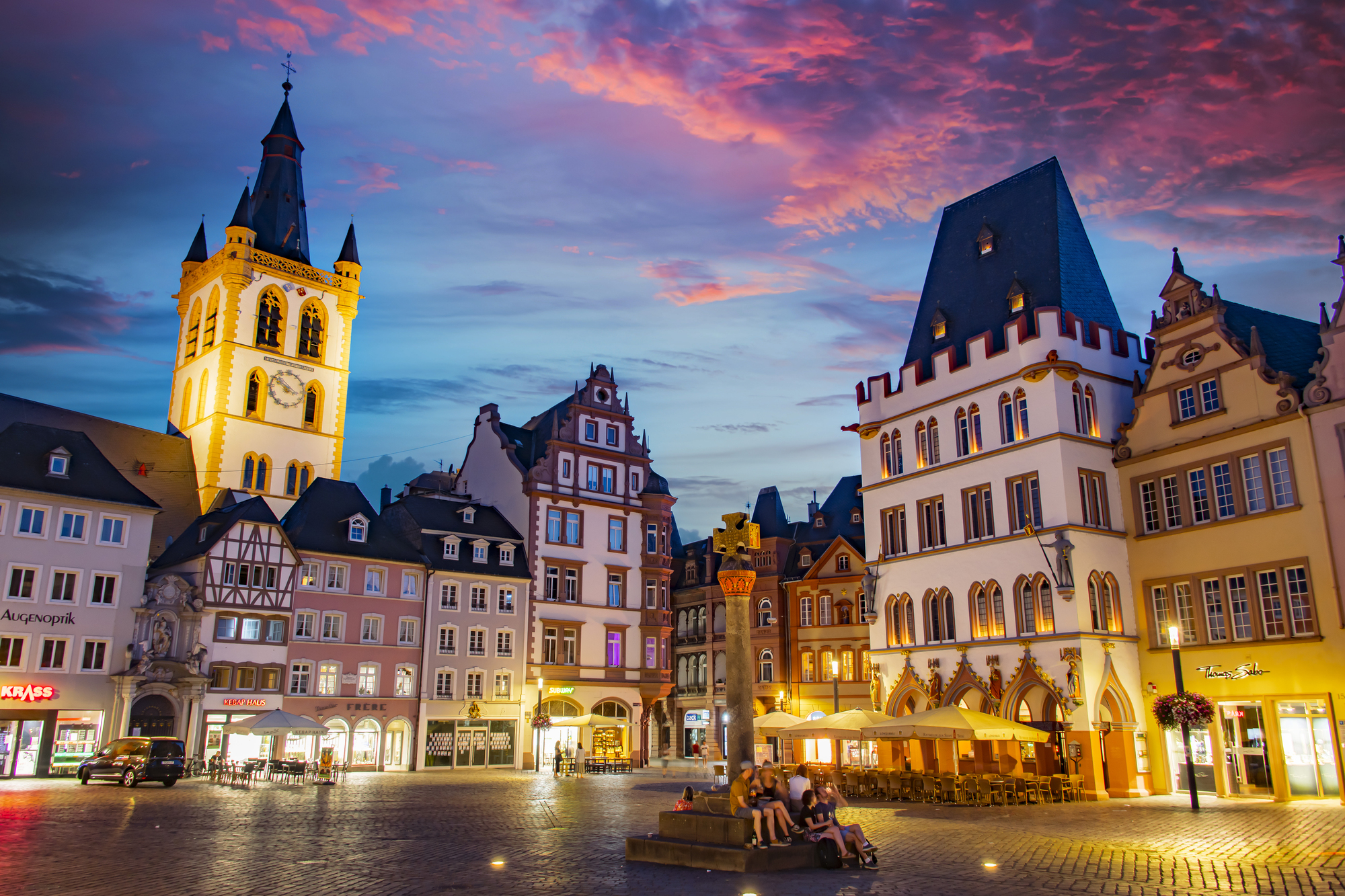
Founded by Romans in 16 BCE, Germany’s oldest city boasts remarkably preserved ancient structures, including the massive Porta Nigra gate that has stood sentinel for nearly two millennia. Constantine’s fourth-century basilica serves as a stark reminder of Roman engineering prowess, with soaring brick walls that predate every other standing structure in the city.
Medieval buildings now house cafes where patrons sit beneath Roman walls, creating daily interactions with antiquity that few European cities can match.
Dresden
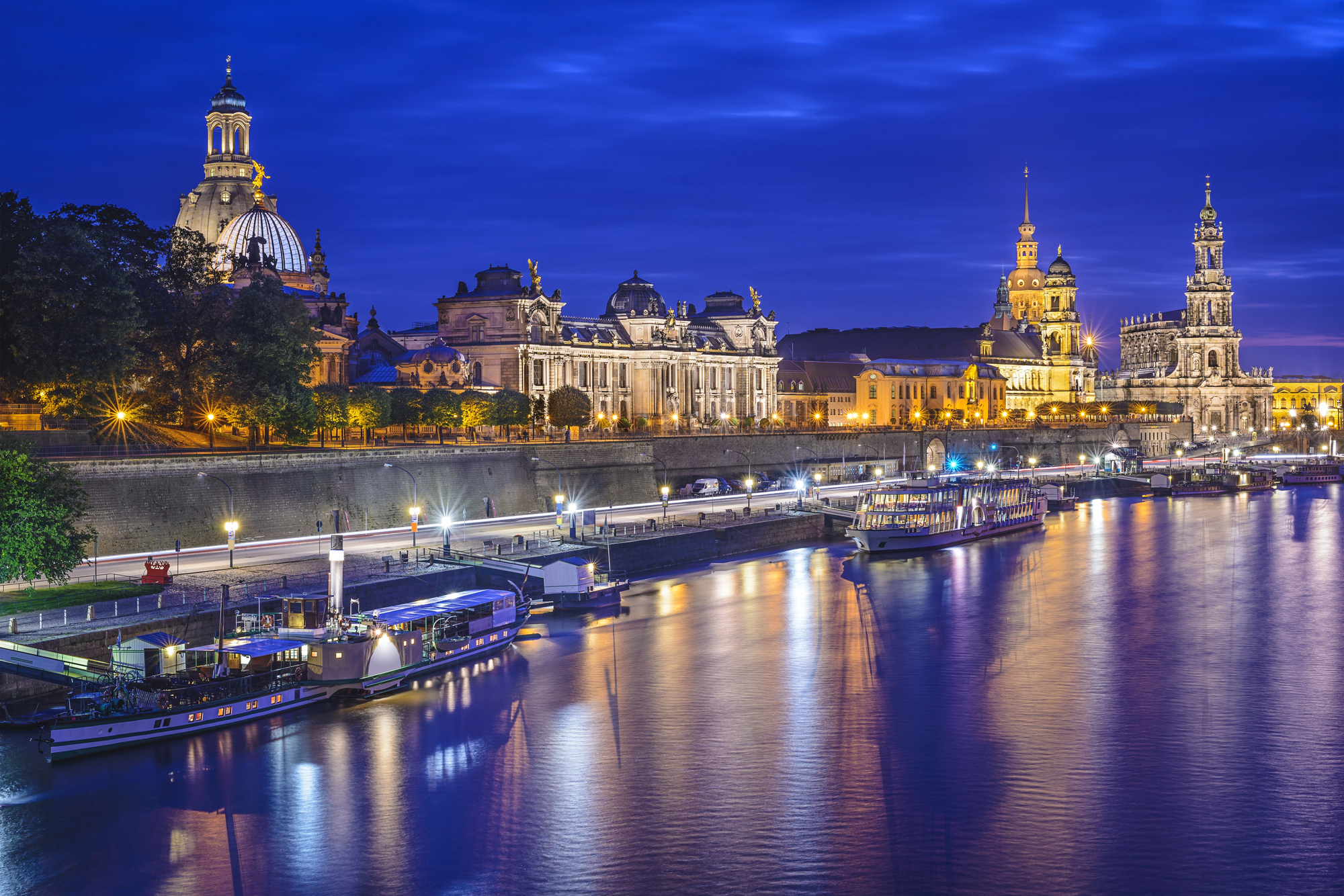
The baroque splendor of Dresden’s skyline, meticulously reconstructed after Allied bombing virtually erased the city in 1945, speaks to both destruction and remarkable resilience. The Frauenkirche stood as a deliberate ruin during communist rule, its pile of rubble serving as a war memorial until German reunification enabled its resurrection using original stones that had been cataloged and stored.
The city’s layers of reconstruction create a physical timeline of German history, from Baroque glory through wartime devastation to socialist utility and finally democratic restoration.
Nuremberg
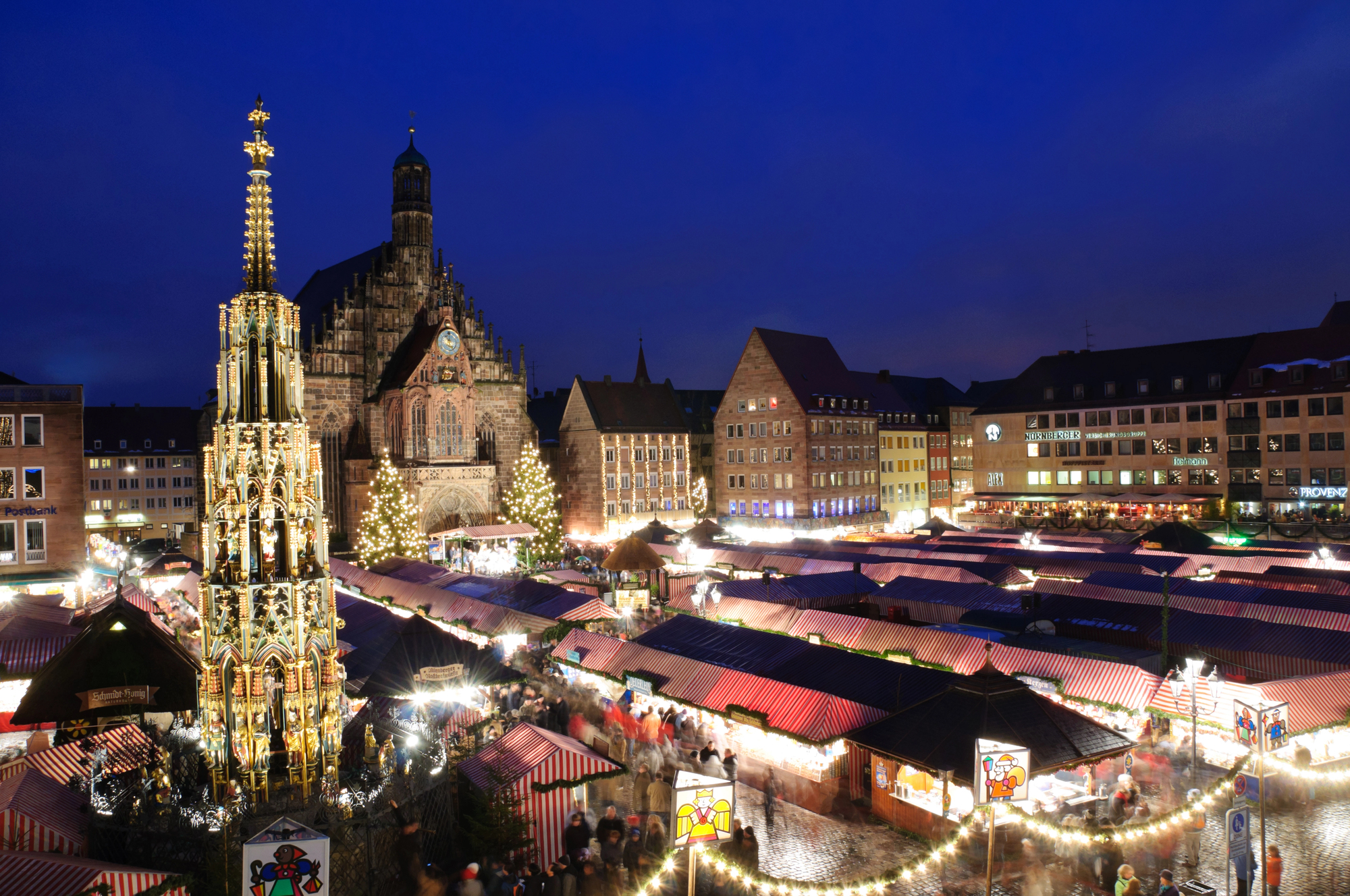
Medieval imperial grandeur and dark 20th-century history collide in this Bavarian city where Nazi rallies once filled streets now dedicated to Christmas markets and cultural festivals. The Palace of Justice, where Nazi leaders faced international tribunal, stands preserved as a reminder of accountability, while the Documentation Center at the former Nazi Party rally grounds transforms propaganda architecture into educational space.
The city’s medieval core with its imperial castle perched above half-timbered houses creates a stark contrast with these more troubling historical layers.
Like Travel Pug’s content? Follow us on MSN.
Weimar
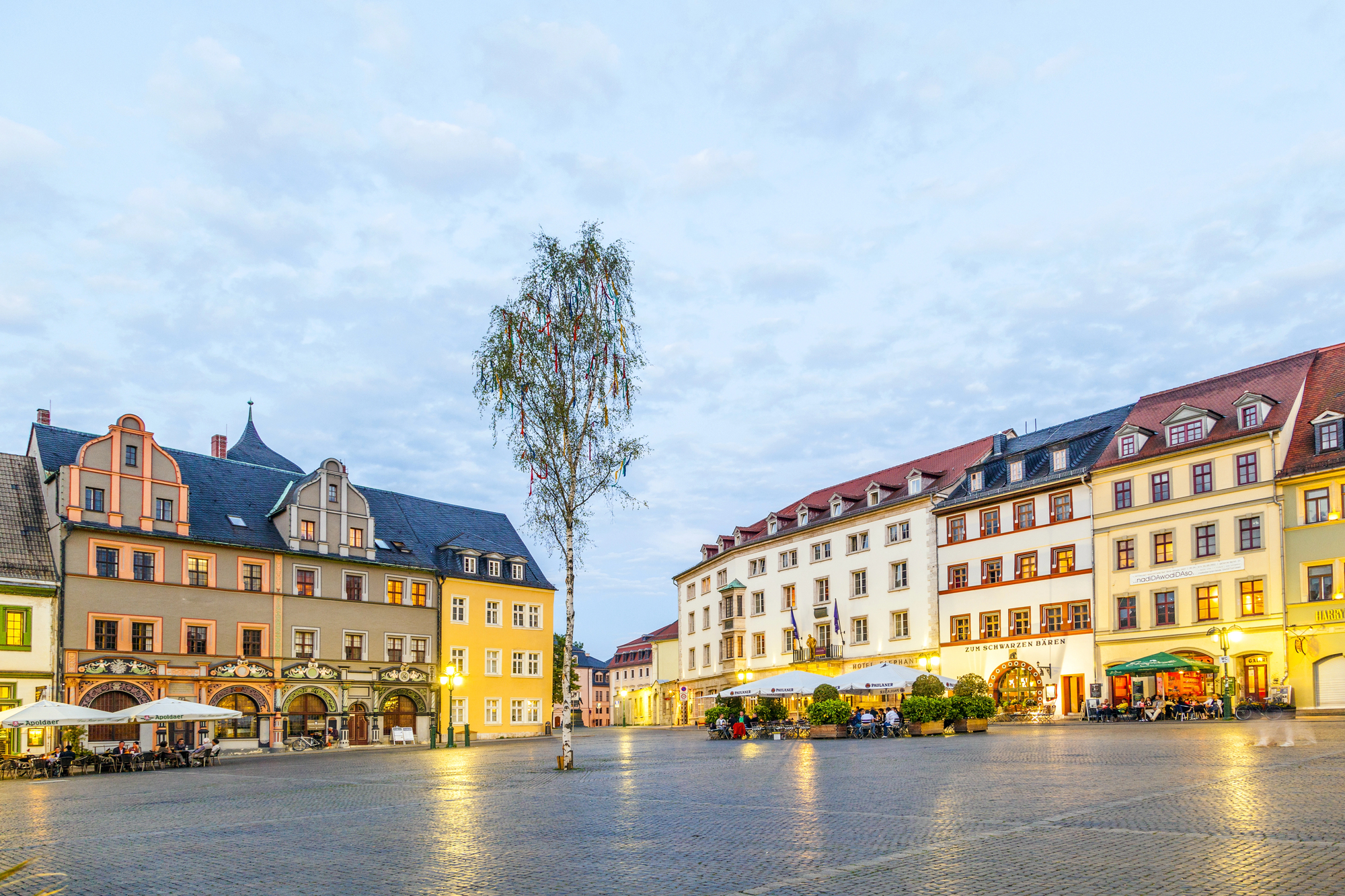
This modest city punches far above its weight in cultural significance as the home of German literary giants Goethe and Schiller and the birthplace of the short-lived Weimar Republic. The Bauhaus movement began here, revolutionizing design principles that would reshape modern architecture globally.
Within walking distance, visitors can explore Goethe’s home, the first Bauhaus building, and memorials to the concentration camp that stood just outside town, creating one of Germany’s most intellectually challenging historical narratives.
Rothenburg ob der Tauber
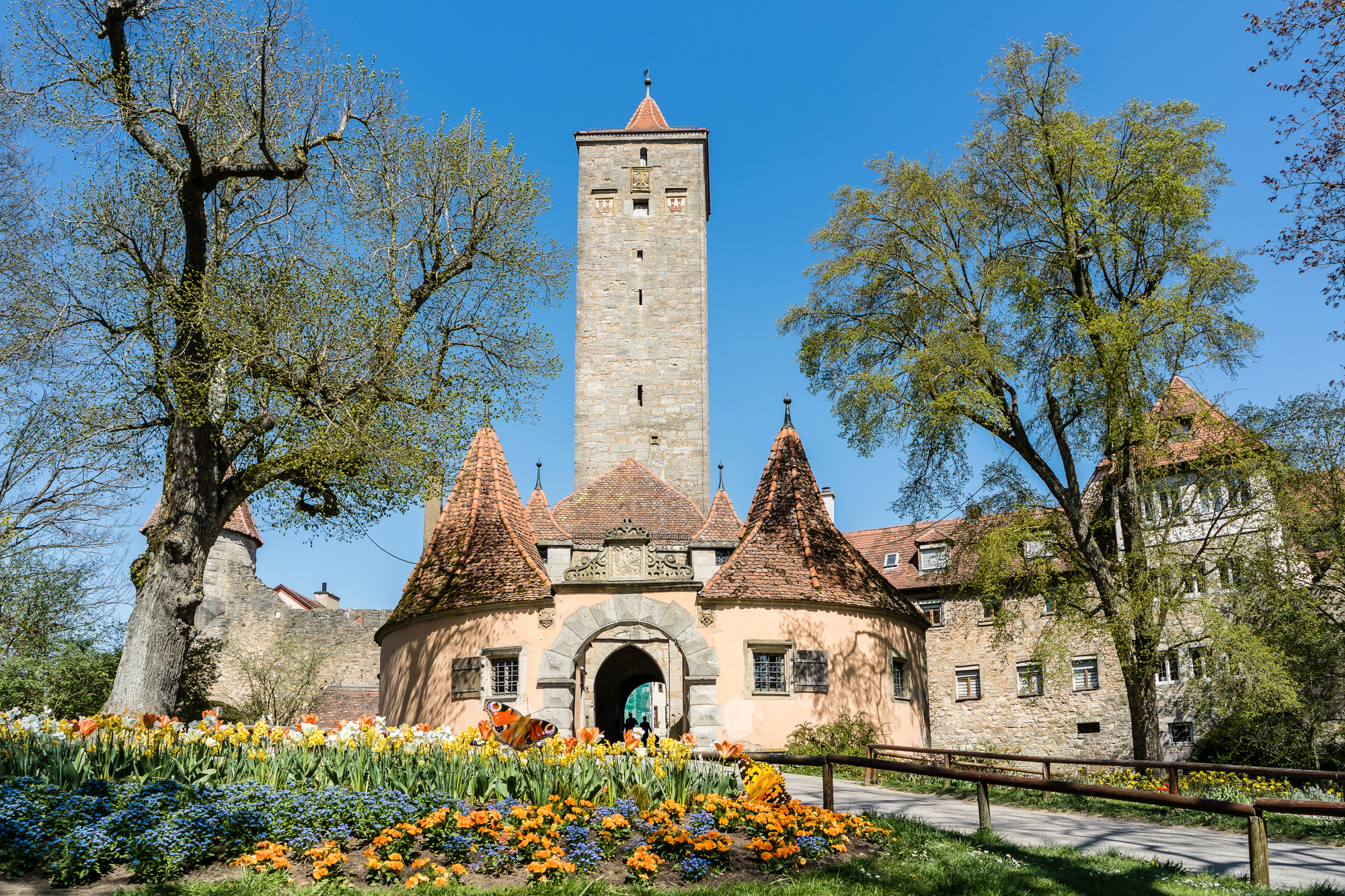
This walled medieval town survived the centuries with its 13th-century urban fabric remarkably intact, allowing visitors to experience a nearly complete medieval townscape. The preservation stems partly from economic decline that prevented modernization, creating an unintentional time capsule where the Middle Ages remain palpable in narrow cobblestone streets and fortifications designed to repel long-forgotten enemies.
The town survived WWII destruction only because a German officer defied Hitler’s scorched earth orders, preserving what stands today as Germany’s most complete medieval urban environment.
Lübeck
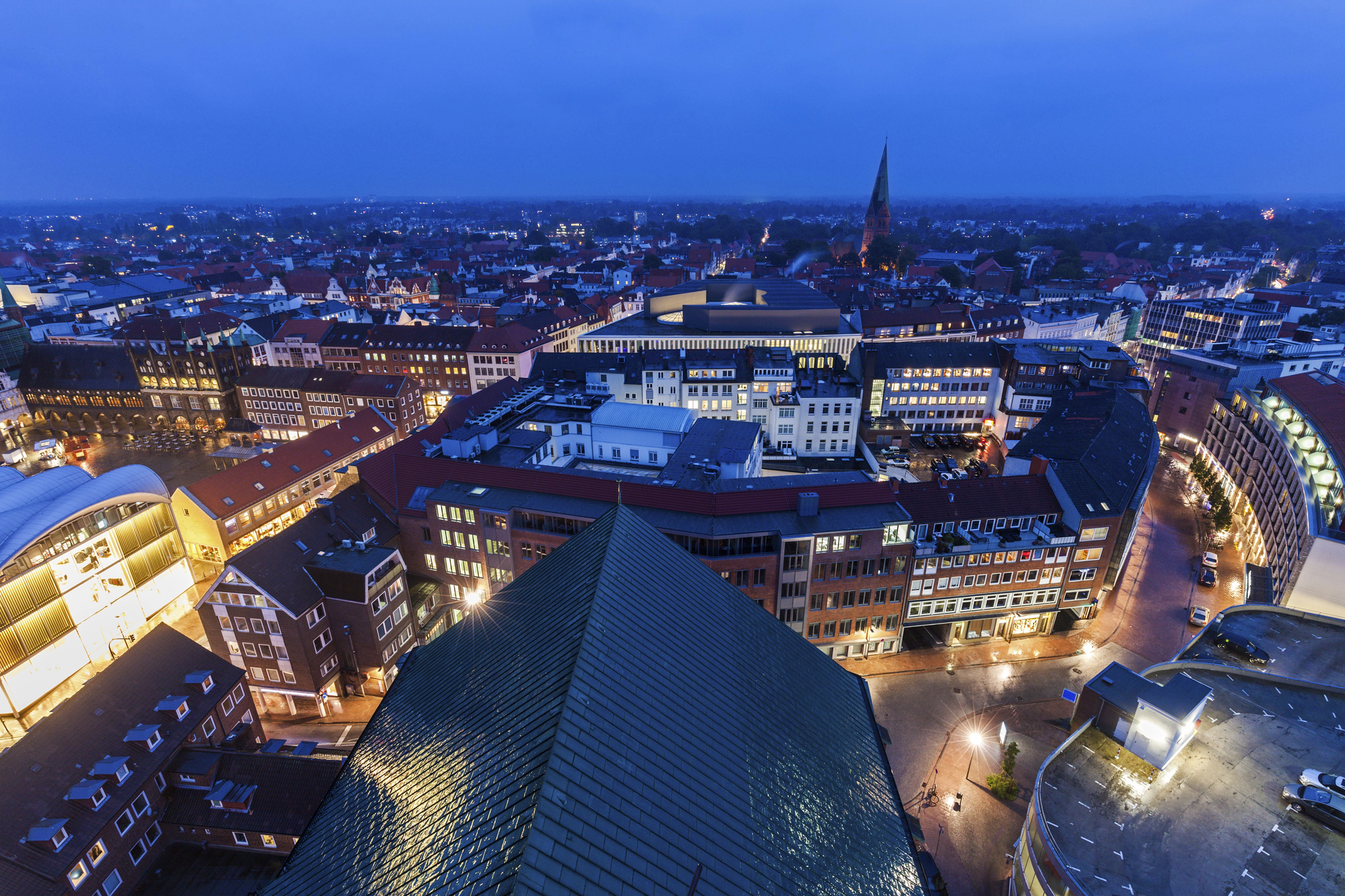
The capital of the powerful Hanseatic League preserves its merchant past through distinctive brick Gothic architecture that earned UNESCO recognition. Seven church spires dominate the skyline of this island city whose economic might once controlled northern European trade through its network of merchant allies.
The massive Holstentor gate welcomes visitors to narrow streets where salt-trade fortunes built patrician homes that stand as monuments to medieval capitalism and its architectural legacy.
Like Travel Pug’s content? Follow us on MSN.
Cologne
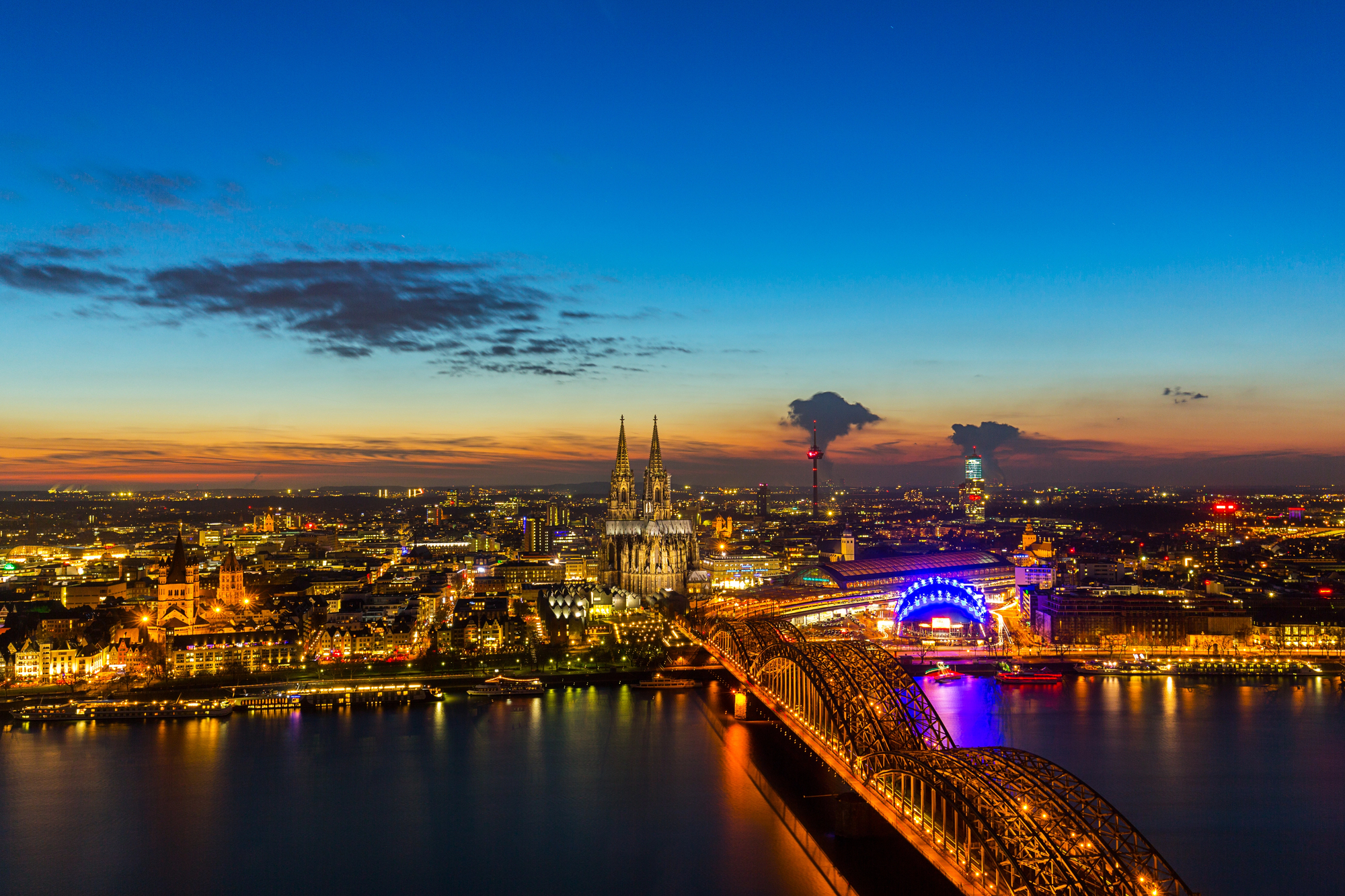
Roman foundations, medieval religious power, and stunning postwar reconstruction define this Rhine city, whose landmarks span two millennia of continuous habitation. The cathedral took 632 years to complete and survived WWII bombings that flattened surrounding neighborhoods, creating a symbolic center for rebuilding efforts.
Roman ruins underneath the city center include a governor’s palace with remarkably preserved mosaic floors, while twelve Romanesque churches form a ring around the old city, marking medieval parish boundaries that still influence neighborhood identities.
Heidelberg
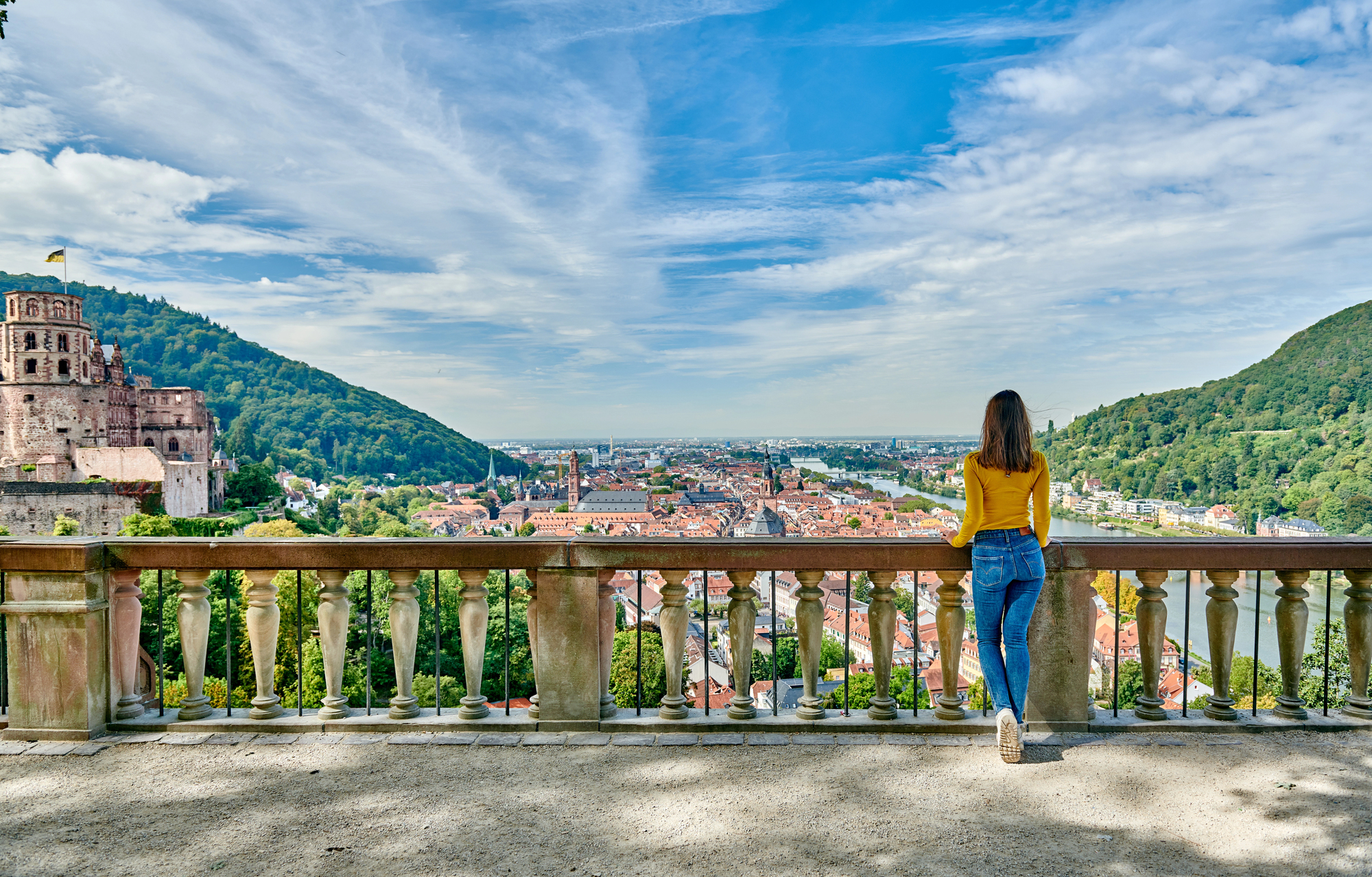
This university town escaped significant bombing during WWII, preserving its romantic castle ruins and historic old town that inspired generations of poets and painters. The university, founded in 1386, maintains traditions where doctoral candidates still sign their names on walls of the Student Prison and defend their theses in the Great Hall adorned with centuries of academic heraldry.
The castle stands partially restored and partially preserved as a romantic ruin above a perfectly intact baroque town center, creating a visual narrative of German architectural history.
Munich
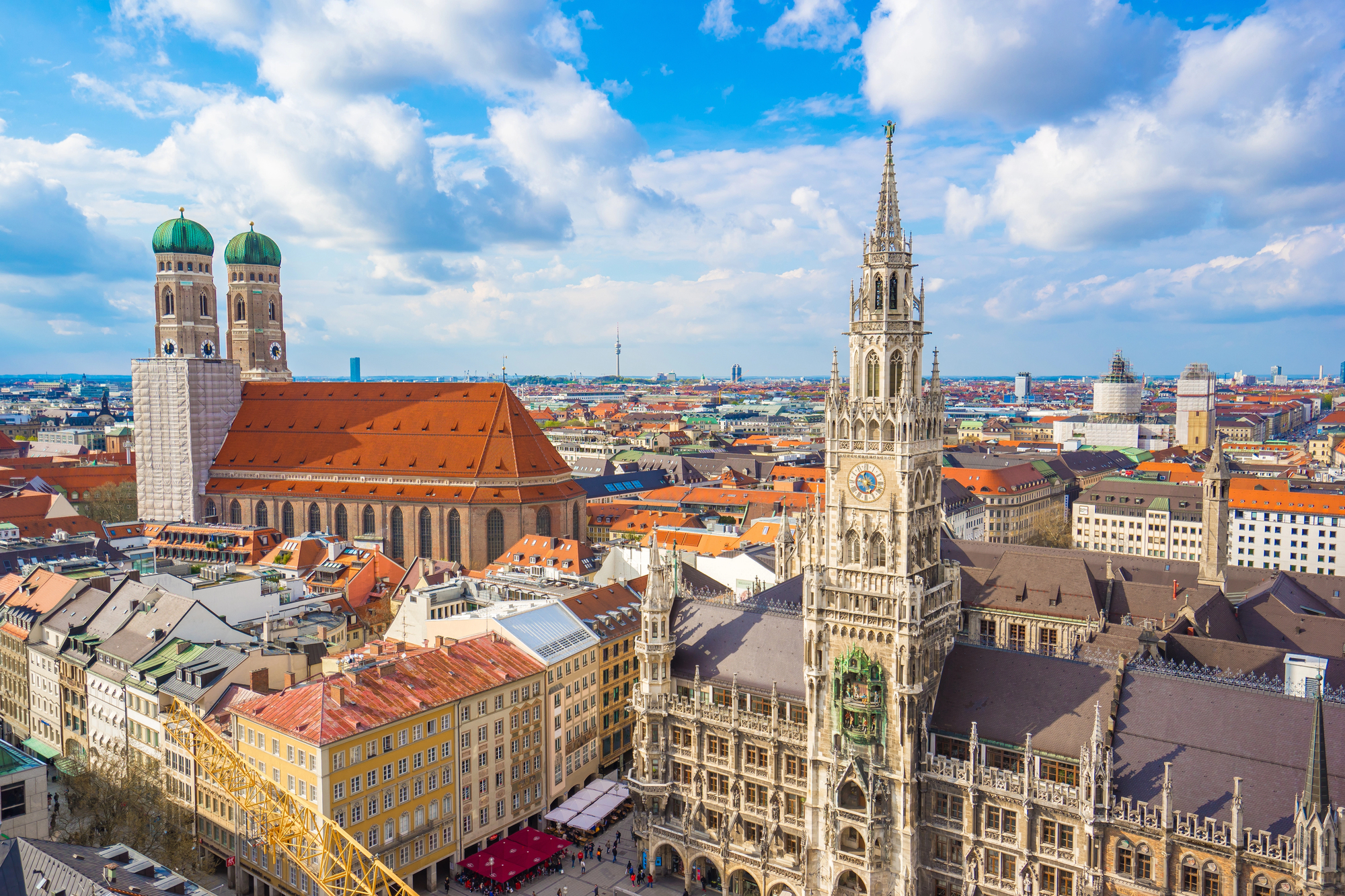
Bavarian rulers transformed their capital into a showcase of wealth and power, creating monumental squares and grand boulevards that survived WWII with their architectural integrity remarkably intact. The city served as birthplace and early headquarters of the Nazi movement, with sites like the Hofbräuhaus witnessing Hitler’s earliest speeches, while continuing operations today as a beer hall serving tourists.
This layered past creates sometimes uncomfortable juxtapositions where celebrations of Bavarian culture occur alongside sobering reminders of historical darkness.
Like Travel Pug’s content? Follow us on MSN.
Hamburg
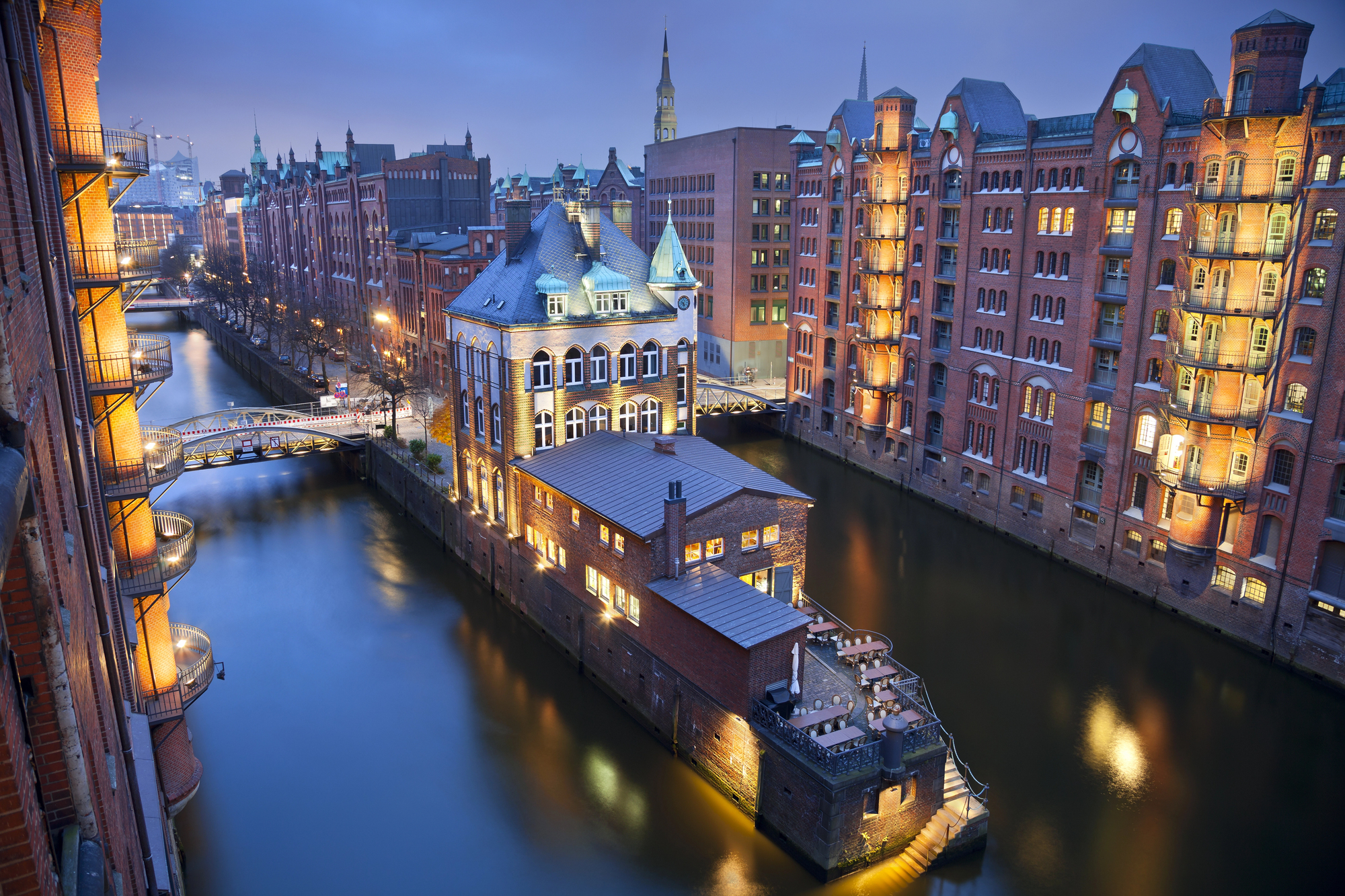
The wealthy Hanseatic port displays its mercantile history through canals and waterfront warehouses built to consolidate trade goods from across the world. The massive new Elbphilharmonie concert hall rises from a historic warehouse foundation, symbolizing how the city reinvents itself while maintaining connections to its commercial maritime heritage.
The Reeperbahn, once the sailor’s district where Beatles honed their skills before fame, represents another historical layer in this city defined by its relationship with the water and global trade networks.
Potsdam
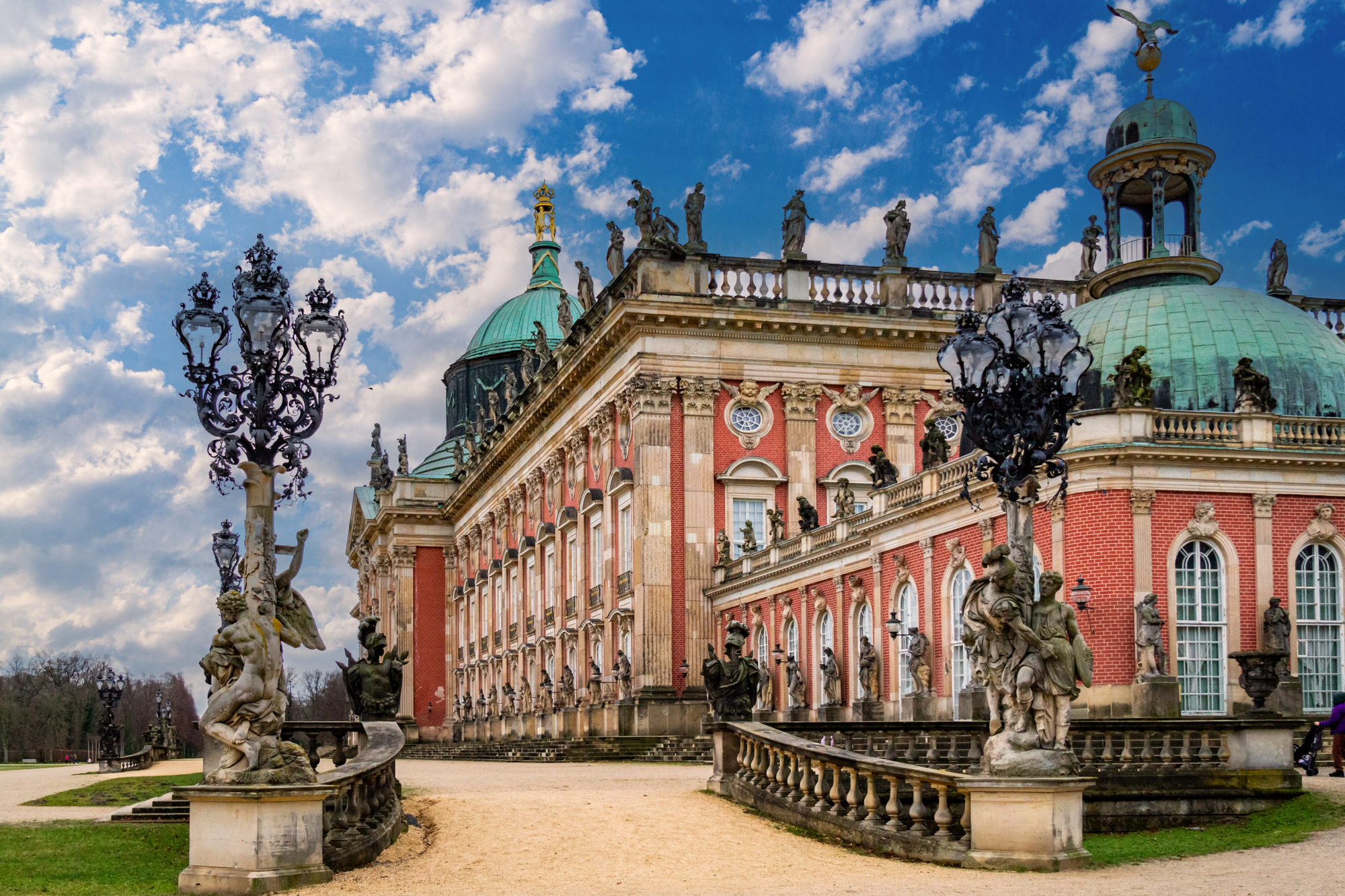
The summer playground of Prussian royalty showcases how one dynasty’s architectural ambitions shaped an entire urban landscape through palaces, gardens, and planned neighborhoods. Frederick the Great’s Sanssouci Palace and terraced gardens represent German rococo style at its most refined, while the Cecilienhof Palace witnessed the Potsdam Conference, where Allied leaders redrew Europe’s map after WWII.
The contrasting architectural styles reflect changing German aesthetic values across centuries of Hohenzollern rule.
Aachen
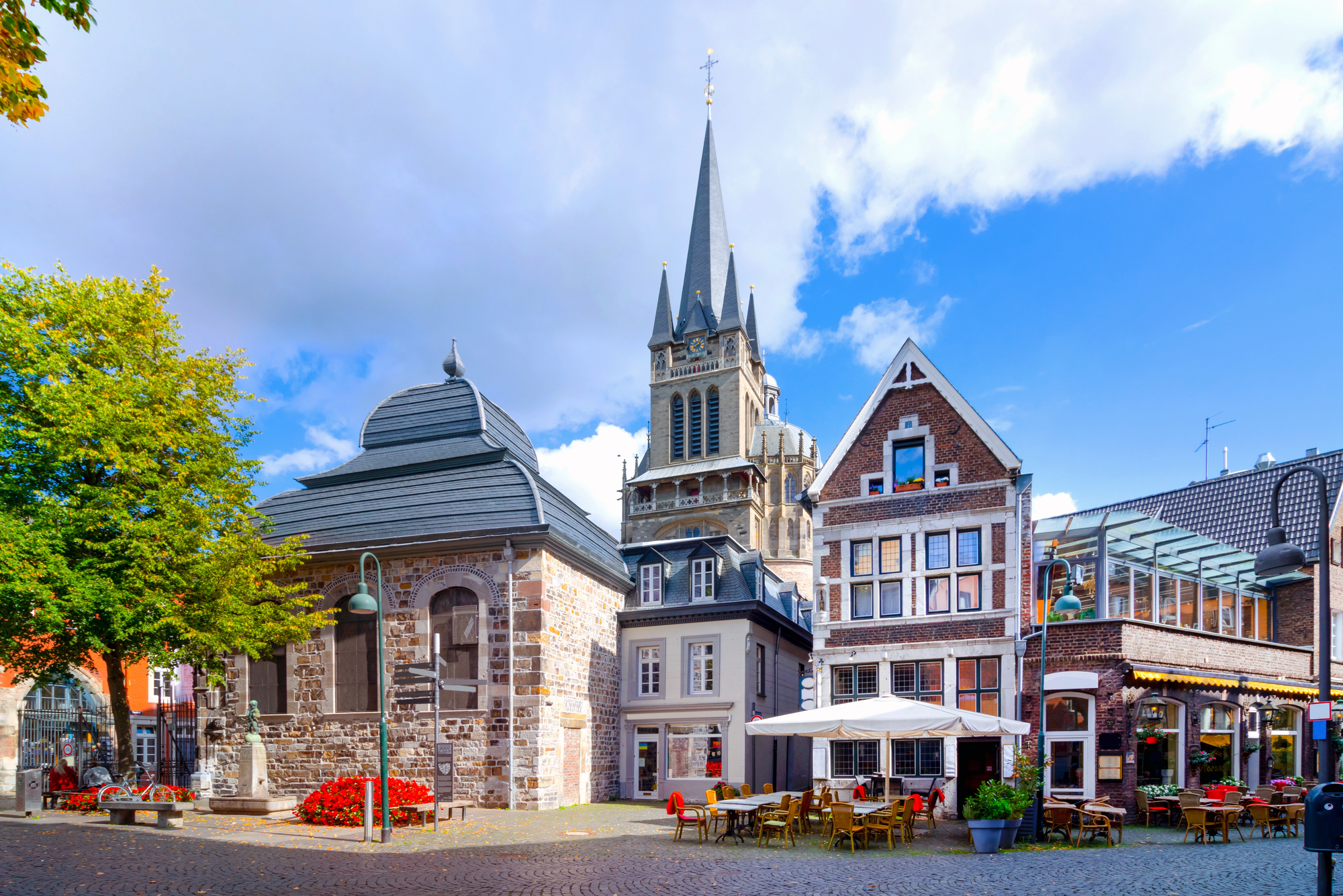
Charlemagne established his capital here, creating a power center that would influence European history for centuries. The cathedral treasury houses relics and royal objects including the throne where German kings were crowned for 600 years.
The city’s thermal springs attracted Romans before Charlemagne, creating a continuous thread of human habitation drawn to natural hot water that still fills public fountains. The imperial chapel, with its distinctive octagonal design, represents the earliest major architectural achievement of the post-Roman period in northern Europe.
Like Travel Pug’s content? Follow us on MSN.
Berlin
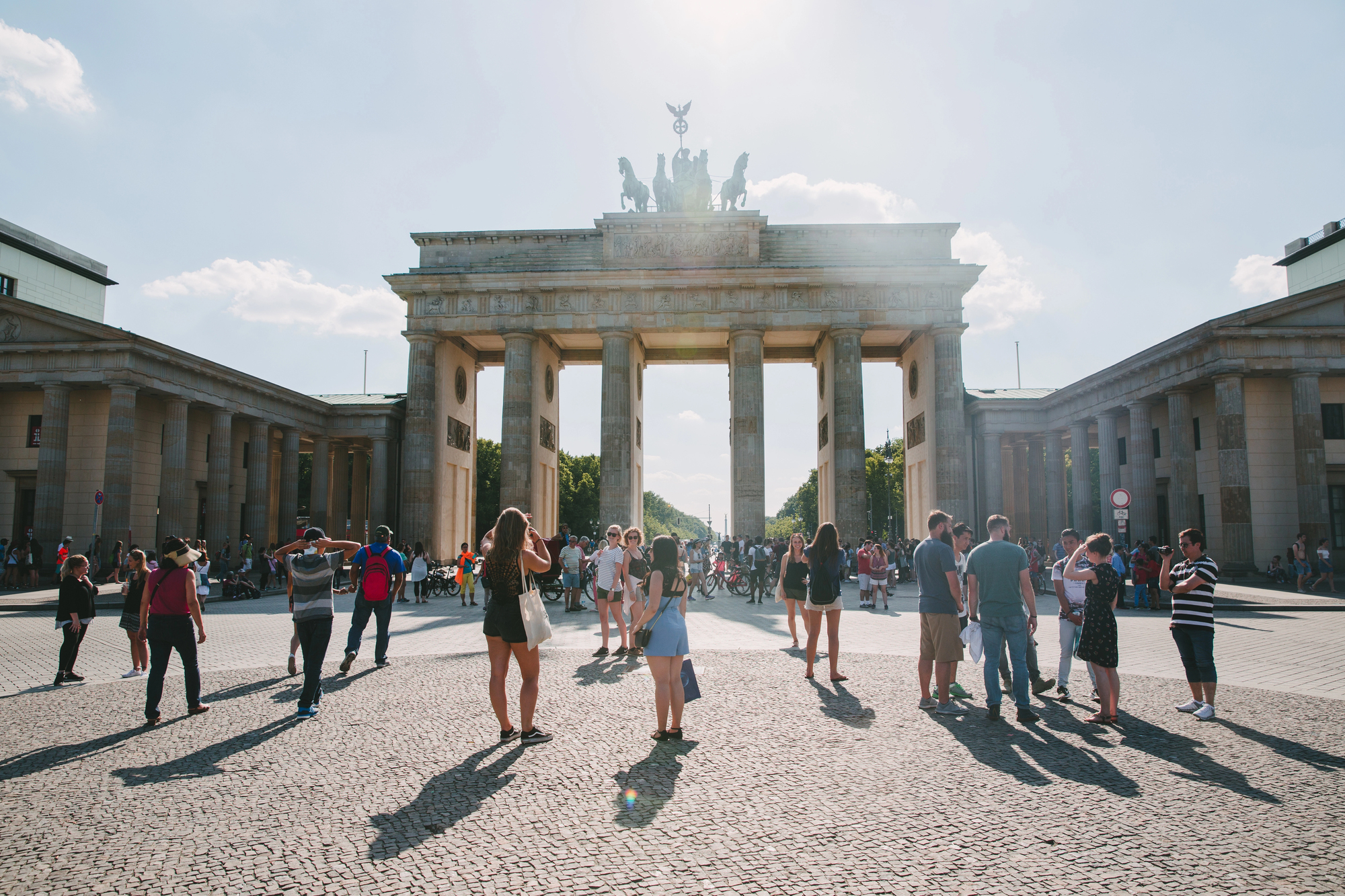
Germany’s capital bears physical scars of division through architectural contrasts between East and West, creating an open-air museum of Cold War history. Fragments of the Wall stand preserved throughout the city, while former death strips have transformed into parks and public spaces that memorialize division without allowing it to impede modern life.
The Reichstag building, with its glass dome symbolizing transparent democracy, stands as counterpoint to Nazi-era ministries and East German architectural statements, creating a cityscape where German historical complexity finds its most visible expression.
Bamberg
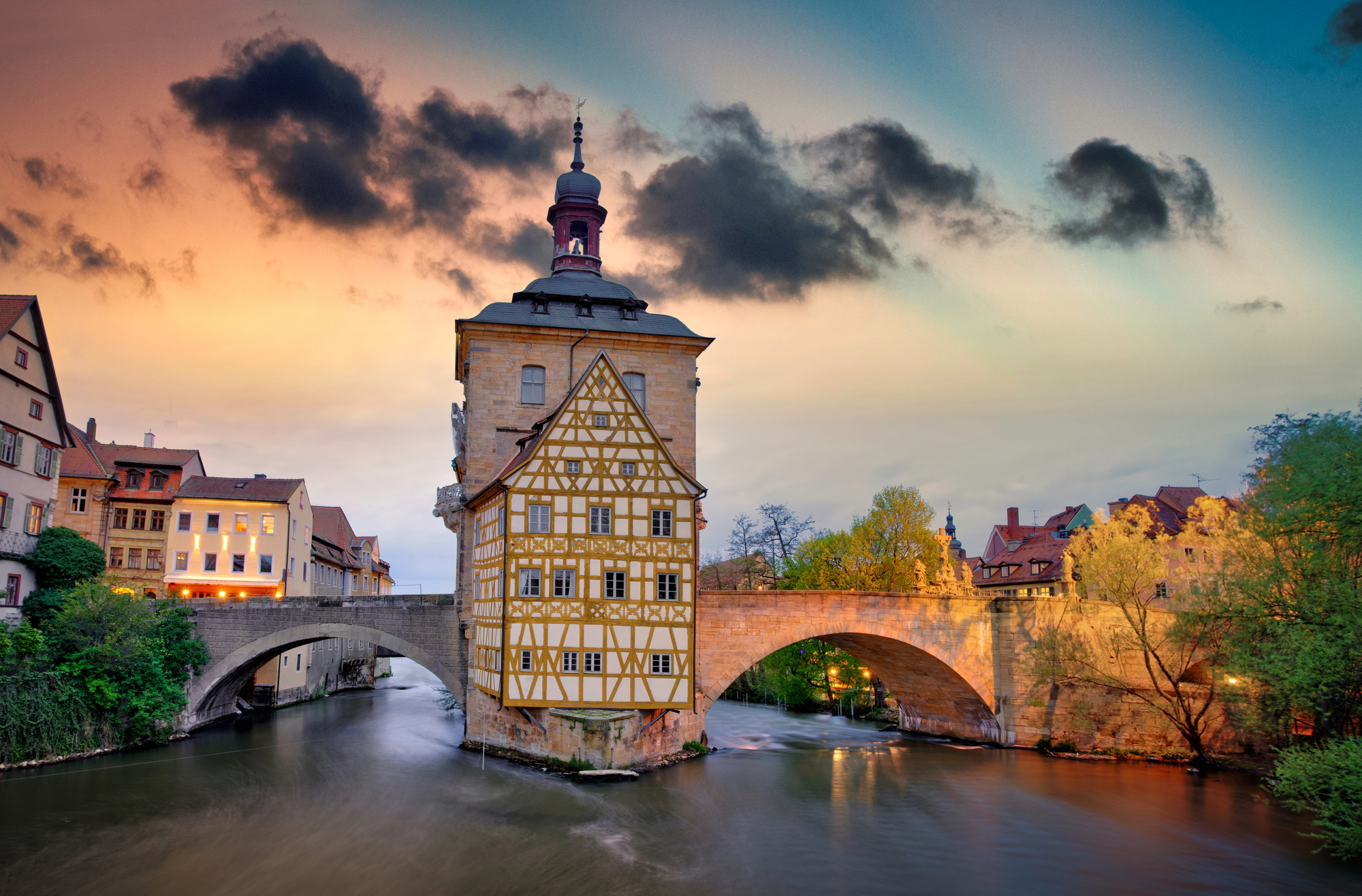
This perfectly preserved medieval town escaped both industrial development and wartime destruction that transformed other German cities, creating an authentic historic environment rather than reconstruction. The town’s distinctive layout spans seven hills, each crowned with a church or castle, while the unusual Old Town Hall stands on an artificial island connected by bridges to both sides of the river.
The 11th-century cathedral contains the tomb of Pope Clement II, the only papal burial north of the Alps, marking Bamberg’s once-significant role in church politics.
Regensburg

The northernmost city on the Danube preserves an astonishing 1,500 medieval structures, creating Germany’s largest intact medieval urban landscape. The Stone Bridge, completed in 1146, provided a crucial river crossing that connected northern Europe to Venice and beyond, establishing the city as a trading powerhouse.
The town’s distinctive patrician towers, built by wealthy merchants as residential fortifications, create a skyline reminiscent of medieval Italy, reflecting cultural connections established through trade routes that shaped architectural preferences.
Like Travel Pug’s content? Follow us on MSN.
The Living Landscape of German Memory
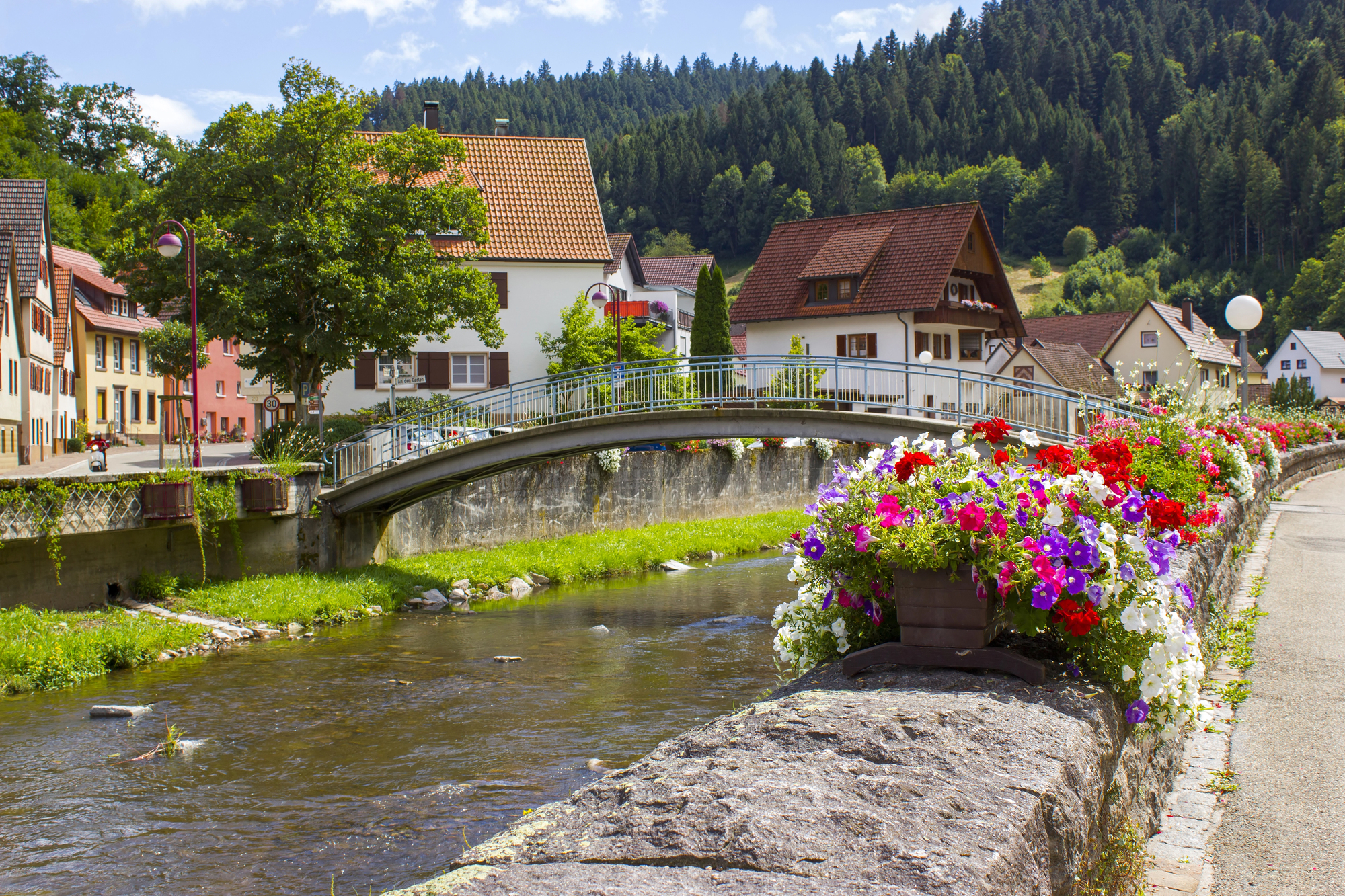
These 15 cities demonstrate how Germany maintains connections to its multilayered past through thoughtful preservation, restoration, and historical interpretation. The country’s approach to history embraces complexity, allowing cities to function as both modern living spaces and repositories of memory where difficult legacies exist alongside cultural achievements.
Germany’s urban centers offer visitors unusual opportunities to experience history as an ongoing dialogue between past and present, where ancient stones and modern commemorative practices combine to create environments where history remains palpable in daily life.
More from Travel Pug

- Cities Growing so Fast You Won’t Recognize Them in 10 Years
- 13 Destinations Where Tourists Regularly Regret Their Trip
- 20 Obscure WWII Sites Even History Buffs Don’t Know About
- 10 Under-the-Radar Mountain Towns That Are Both Affordable and Beautiful
- 20 Abandoned Places That Feel Like Real-Life Post-Apocalyptic Movie Sets
Like Travel Pug’s content? Follow us on MSN.
